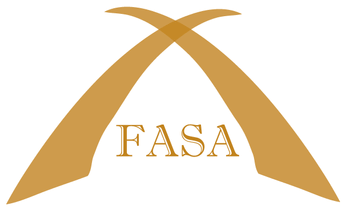Moving Practice, Not Just Paperwork: Giving Aligned, Actionable Feedback That Builds Teacher Growth
By Tracy Duval and Leslie Frick
In Florida, teacher evaluations are guided by the Florida Educator Accomplished Practices (FEAPs)—a set of standards that outline what effective teaching looks and sounds like. But while these standards offer a clear framework, one essential question remains:
How do we give feedback that actually changes teacher practice?
Feedback has power—but only when it’s timely, specific, and aligned. Recent research underscores that feedback grounded in standards and observable student evidence is most likely to result in growth. For Florida leaders, this means feedback must not only reference the FEAPs—it must be consistent and actionable across classrooms, observers, and time.
Why Aligned Feedback Matters
In a 2022 study, Zhang and Ko found that feedback most likely to impact instruction had three key features:
- It was tied to a shared standard or rubric
- It was evidence-based (not opinion)
- It included a specific action teachers could take within one week
In the Florida context, this might mean aligning feedback to FEAP 3b (Deepen & enrich students’ understanding) by scripting what students were doing—not just what the teacher was doing—and connecting it to an actionable improvement:
“During your small group time, I noticed students were mostly completing tasks quietly, with little verbal processing. In alignment with FEAP 3b, consider adding a ‘turn and talk’ routine during problem-solving to boost engagement and collaboration.”
Example in Action: From Script to Shift
Scenario:
Mr. Lopez is observed teaching a math lesson where students are rotating through centers.
Scripting (Student Evidence):
Students at Station 1 are watching a math video but not taking notes. At Station 2, two students are completing problems independently while others wait for help. One group appears off-task.
FEAP Alignment:
- FEAP 1b: Lessons designed with coherent learning sequences
- FEAP 3b: Engages students in learning
- FEAP 3d: Modifies instruction to respond to student needs
Feedback (Glow & Grow):
- Glow: “Your use of differentiated centers aligned well with your learning goals and gave students multiple entry points (FEAP 1b).”
- Grow: “To increase engagement and support, consider modeling expectations for each station in advance and assigning collaborative roles to keep all students active (FEAP 3b, 3d).”
This feedback is:
- Aligned to specific FEAPs
- Based on observed student behaviors
- Actionable within a single week
The Consistency Challenge
Even strong feedback loses power when it's inconsistent. According to Hill, Charalambous, and Kraft (2020), inter-rater reliability improves dramatically when observers:
- Use scripted student evidence
- Calibrate around aligned exemplars
- Apply shared stems and scoring language
In Florida schools, inconsistent feedback on the same lesson can confuse teachers and erode trust in the process.
What helps? Structured tools like a Feedback Calibration Protocol (click HERE to view a sample) and regular debriefs where observers compare notes, score practice clips, and co-plan actionable “next steps.”
Key Takeaways
- Aligned feedback = more effective feedback. Tie it to the FEAPs and student evidence.
- Actionable feedback moves instruction. Be specific, clear, and measurable.
- Consistent feedback builds trust and growth. Use protocols, stems, and calibration routines to keep observers in sync.
Thank you for making a difference EVERY day!
Your partners in teaching and leading,
Tracy & Leslie
References
- Hill, H. C., Charalambous, C. Y., & Kraft, M. A. (2020). Practical measurement and the improvement of instruction. Educational Researcher, 49(6), 446–456.
- Kraft, M. A., & Gilmour, A. F. (2020). Revisiting the Widget Effect: Teacher evaluation reforms and the distribution of teacher effectiveness. Educational Researcher, 49(1), 16–29.
- Zhang, Y., & Ko, J. (2022). Making feedback work: The role of alignment, clarity, and follow-through in teacher development. Professional Development in Education, 48(2), 244–262.
